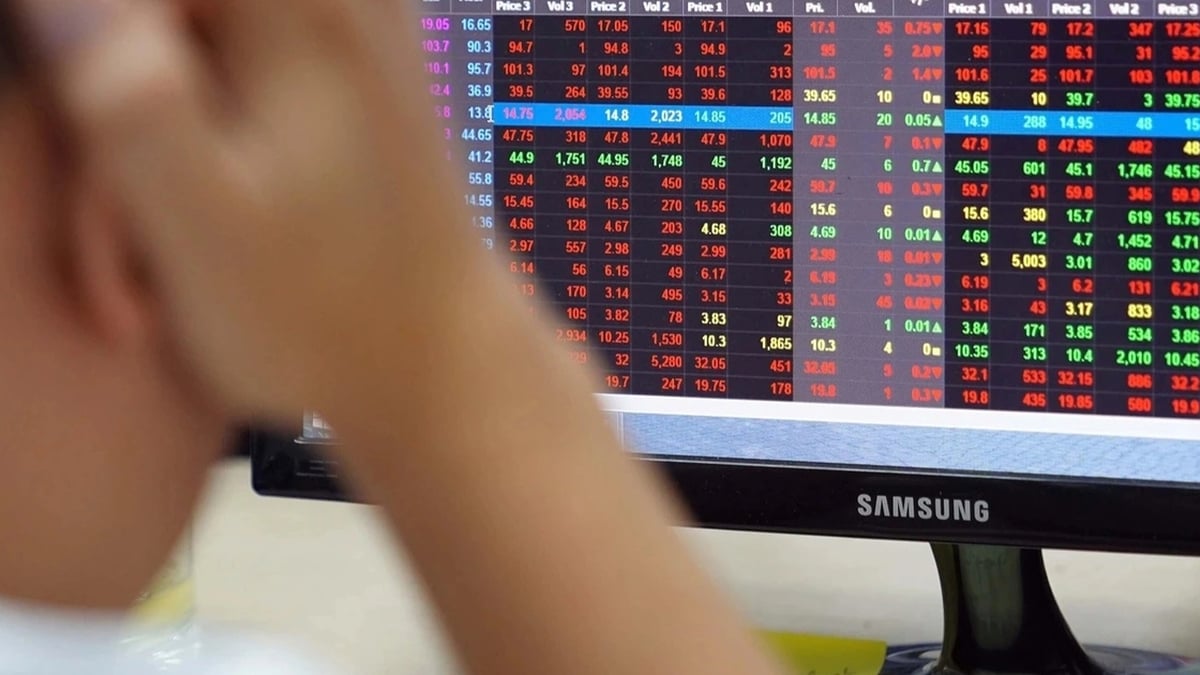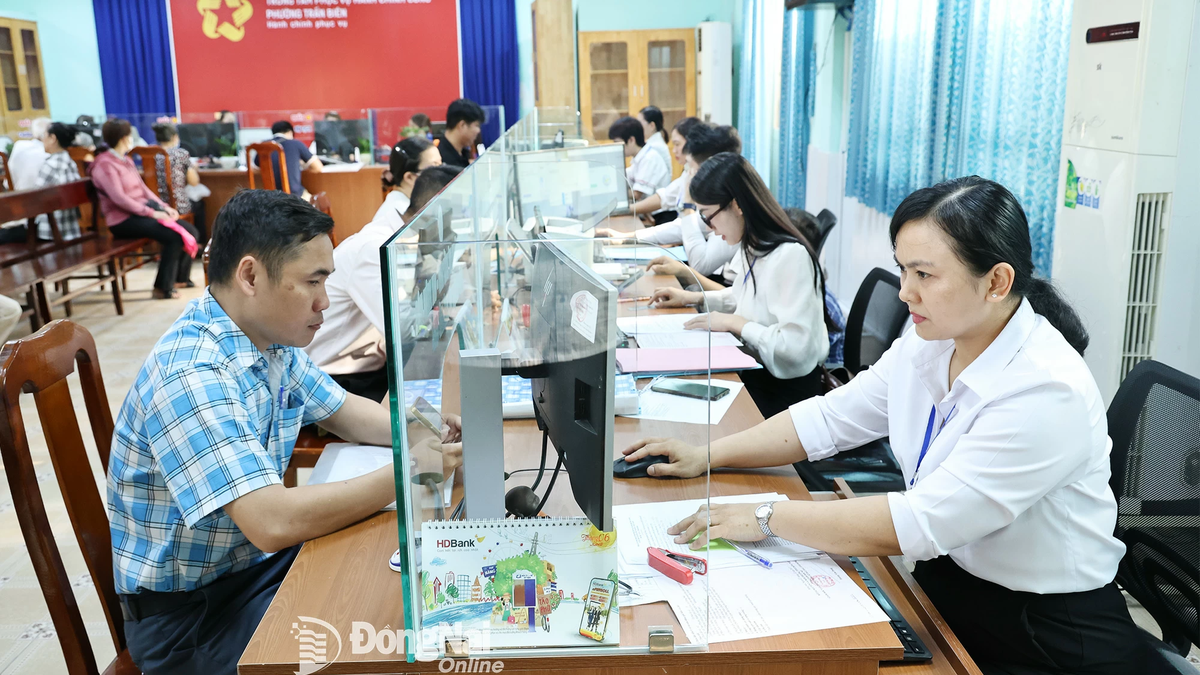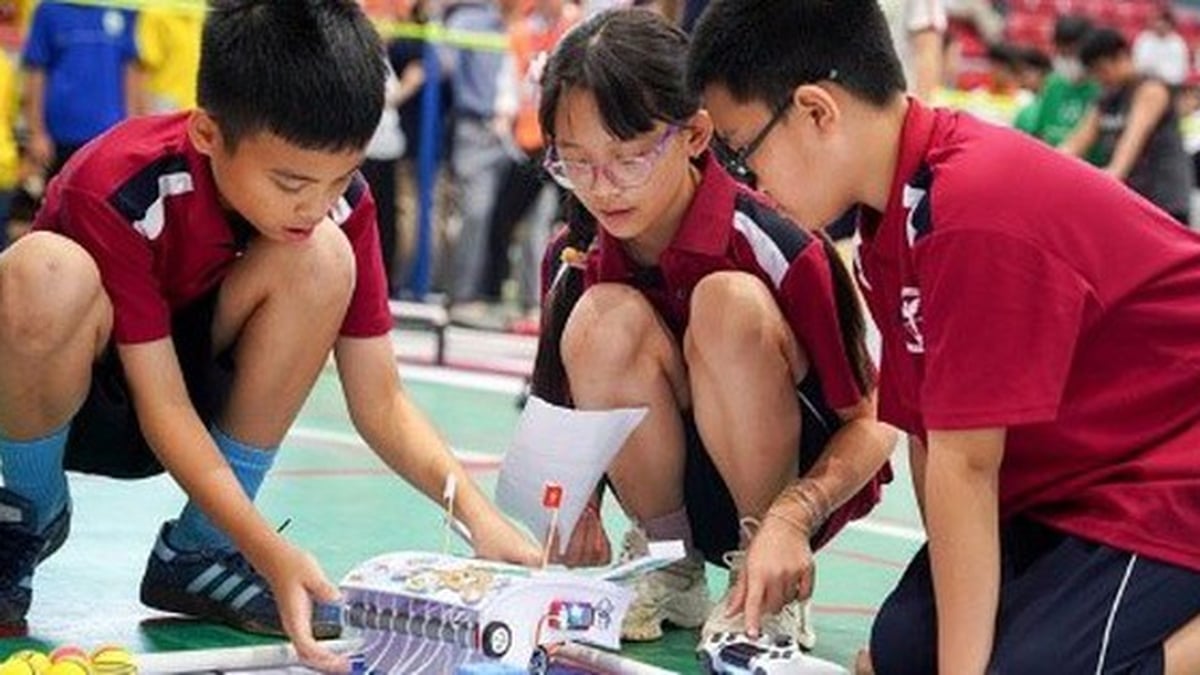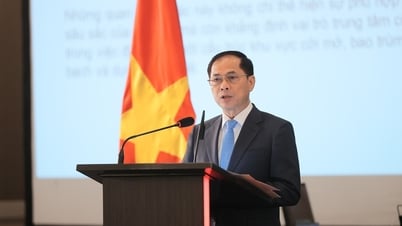Ancient bronze vase with dragon carving: A pioneering artifact in seismic monitoring
Nearly 2,000 years ago, in 132 AD, inventor Zhang Heng of the Chinese Han Dynasty successfully created a unique device, named "Hau Phong Dia Dong Dich", which roughly translates to a device to observe the direction and vibration of the ground.
The device is shaped like a large bronze vase, about 1 meter high, 1.8 meters in diameter, decorated with 8 dragon heads facing 8 different directions, representing the north, northeast, east, southeast, south, southwest, west and northwest. Each dragon head bows down to an open-mouthed toad.

Unique design of the Han Dynasty earthquake gauge (Photo: ETP).
Inside the device, a pendulum-like mechanism or weighted metal ball is connected to a central pillar or rod. When an earthquake occurs, the pendulum detects subtle vibrations or shock waves, causing one of the dragon heads to drop a metal ball into the mouth of the corresponding toad below.
Thanks to this, people can detect the direction of seismic waves, even when earthquakes are not felt locally. According to ancient records, Houfeng Didongyi once detected an earthquake that occurred in Gansu province, more than 600 kilometers from the capital Luoyang.
At that time, earthquakes were not just a natural phenomenon. In Confucian political thought, they were seen as a sign that the Mandate of Heaven had been weakened, which could affect the legitimacy of a king. Therefore, the early detection of earthquakes had special significance for the royal court.
Over time, Zhang Heng’s ancient bronze vase has become a symbol of pioneering scientific thinking. Using no electricity, no microchips, and completely handcrafted, the device still clearly demonstrates the ancient people’s ability to understand and model the natural world.
Great strides in the journey of seismic monitoring

Today's devices can accurately determine the time, location and intensity of an earthquake (Photo: Science).
After Zhang Heng's invention, humanity had to wait until the 19th century to begin developing similar seismic measuring devices in the West. The first devices used pen and paper to record the vibrations of the ground.
It was the precursor to the seismic maps that scientists use today to determine the time, location, and magnitude of earthquakes.
By the 21st century, modern seismometers had been greatly improved. Instead of purely mechanical mechanisms, they used extremely sensitive electronic sensors. One notable breakthrough was the application of graphene material.
This is a super thin, super durable material that can detect even the smallest vibrations, taking machine accuracy to a new level.
In addition, modern systems are also connected to a global network, including seismic stations in many countries sharing data with each other in real time.
Artificial intelligence and machine learning technologies have even been integrated to analyze data faster and issue early warnings within seconds. Thanks to that, people in earthquake-prone countries like Japan or Chile can evacuate or stop transportation systems in time, minimizing casualties and economic damage.
Source: https://dantri.com.vn/khoa-hoc/su-that-ve-may-do-dong-dat-thoi-nha-han-20250727141146568.htm





























![[Photo] National Assembly Chairman attends the seminar "Building and operating an international financial center and recommendations for Vietnam"](https://vphoto.vietnam.vn/thumb/1200x675/vietnam/resource/IMAGE/2025/7/28/76393436936e457db31ec84433289f72)







































































Comment (0)